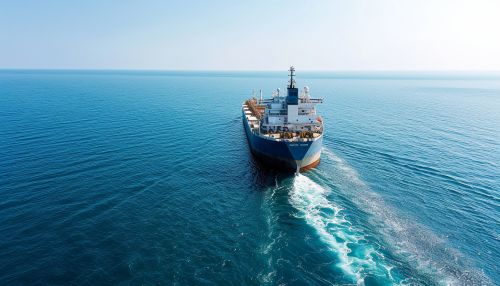Dead Reckoning
Introduction
Dead Reckoning is a navigational technique used in maritime and aviation contexts. The term originates from the phrase "deduced reckoning", which refers to the process of calculating one's current position based on a previously known position, and advancing that position based upon known or estimated speeds over elapsed time, and course. Navigators often use dead reckoning in combination with other navigational methods, such as pilotage, celestial navigation, or GPS navigation, to determine their position.


History
The concept of dead reckoning has been used for centuries by mariners and aviators. The earliest recorded use of the term dates back to the 16th century, although the technique itself is likely much older. The method was initially used by sailors who would plot their course based on their compass heading and estimated speed. This would allow them to make educated guesses about their current location, even when landmarks or celestial bodies were not visible for more precise navigation methods.
Methodology
Dead reckoning involves a series of steps. The navigator starts with a known position, or fix, and then estimates their speed and course over a given period of time. This allows them to calculate their current position relative to the original fix. The process is repeated at regular intervals to continually update the estimated position.
The accuracy of dead reckoning is dependent on the accuracy of the initial position, the speed and course estimates, and the time elapsed since the last position fix. Any errors in these factors can lead to significant inaccuracies in the estimated position. For this reason, dead reckoning is often used in conjunction with other navigational methods to increase accuracy.
Applications
Dead reckoning is used in a variety of contexts. In maritime navigation, it is often used when visibility is poor, such as in foggy conditions or at night, and other navigational aids are not available. In aviation, dead reckoning is used to navigate when visual references on the ground are not available, such as when flying over water or at high altitudes.
In recent years, dead reckoning has also found applications in the field of robotics. Autonomous vehicles, for example, often use dead reckoning to estimate their position when GPS signals are not available or reliable.
Limitations and Errors
While dead reckoning is a valuable tool in navigation, it is not without its limitations. The accuracy of dead reckoning decreases over time, as small errors in speed or course estimates can accumulate. This is known as "drift".
Furthermore, dead reckoning does not account for external factors that may affect the vehicle's course or speed, such as wind or currents. These factors can introduce additional errors into the estimated position.
Despite these limitations, dead reckoning remains a fundamental technique in navigation, particularly in situations where other methods are not feasible or available.
